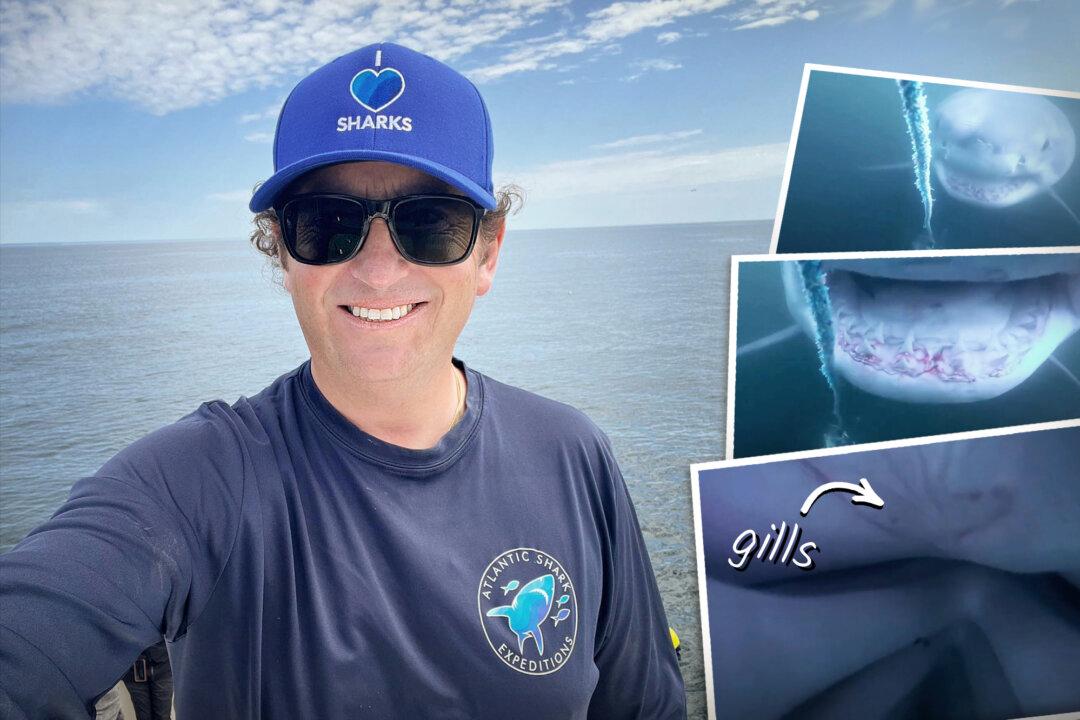In 2014, a glacier archaeologist in Norway was dispatched to Mt. Digervarden in Reinheimen National Park in search of artifacts ceded by melting ice. Within minutes of arriving onsite, he found an Iron Age arrowhead. Shortly after, he uncovered one from the Bronze Age.
Turning in for the evening, he spotted something of far greater significance: a piece of wood protruding from the rocks that was actually a medieval ski which had been preserved in the ice for 1,300 years.
Researchers Runar Hole and Bjørn Hessen returned to Mt. Digervarden on Sept. 20, 2021, and as anticipated, they quickly located a second ski just five meters from where the first was spotted. As it was still partially rooted in ice, the team, unwilling to risk damaging the delicate wood, came home empty handed but with plans of returning.

Then, a snowstorm descended on the mountain, delaying the second expedition until Sept. 26, when the researchers—outfitted with ice axes, gas cookers, packing materials, and additional help—made the difficult three-hour hike through the rocky landscape where 30 centimeters of snow had fallen. Using a GPS locator and landmarks, they found their previous position and, using a snow shovel they brought with them, exposed the tip of a ski.
The medieval ski was clenched firmly in the ice’s iron grip, so, with great care, team member Dag Inge Bakke chipped away with an ice axe, above and on either side of the artifact, exposing its entire length. They then poured lukewarm water heated with a gas cooker over it to melt the ice on its underside until it could be flipped over, revealing a raised foothold and miraculously preserved leather straps.
The bindings matched those of the ski found in 2014, indicating that they were from the same pair lost together 1,300 years ago!



The ski was carefully packed and brought safely down the mountain before dark. Espen Finstad, co-director of Secrets of the Ice, and Julian Post-Melbye, from the Museum of Cultural History, plus the other team members were tired but exhilarated by the successful recovery. The second ski was brought to the Museum of Cultural History in Oslo, while its counterpart is on display locally at the National Mountain Center in Lom, Innlandet County.
The second Digervarden ski features a broad width of 17 centimeters with a length of 187 centimeters (17 cm longer and 2 cm wider than the first ski). This significant width would have allowed traditional skiers to traverse deep snow. Both skis feature holes through their tips and bindings made of leather strapping and twisted birch, which would have made it easier to scale hills and steer, skiing downhill. But being unfixed like modern bindings, setting the skis on edge for turning would have been impossible.
Radiocarbon dating submitted from the first ski placed it from circa 750 A.D., an era in Norse history predating the Vikings by a number of decades.




Little is known today about traditional skiing, as there are so few artifacts to glean insight from, the Digervarden pair being the “best-preserved prehistoric pair of skis in the world,” according to Secrets of the Ice. The only other example with preserved bindings is a single ski from Mänttä, Finland, which is slightly older than the Norse pair.
As for how the skis found their way onto the mountainside, one can only speculate. “They could have been left behind by a hunter, and perhaps have been buried by a small avalanche,” Lars Holger Pilø, Secrets of the Ice co-director, told The Epoch Times. “Or there could have been an accident. The birch toe-bindings were broken and without those, the skis do not work. This may have happened later though, not necessarily when they were left behind.
“One would have expected the skier to have taken the skis with him/her as they had considerable value, so perhaps there was a serious accident? Is the skier still inside the ice here?”






